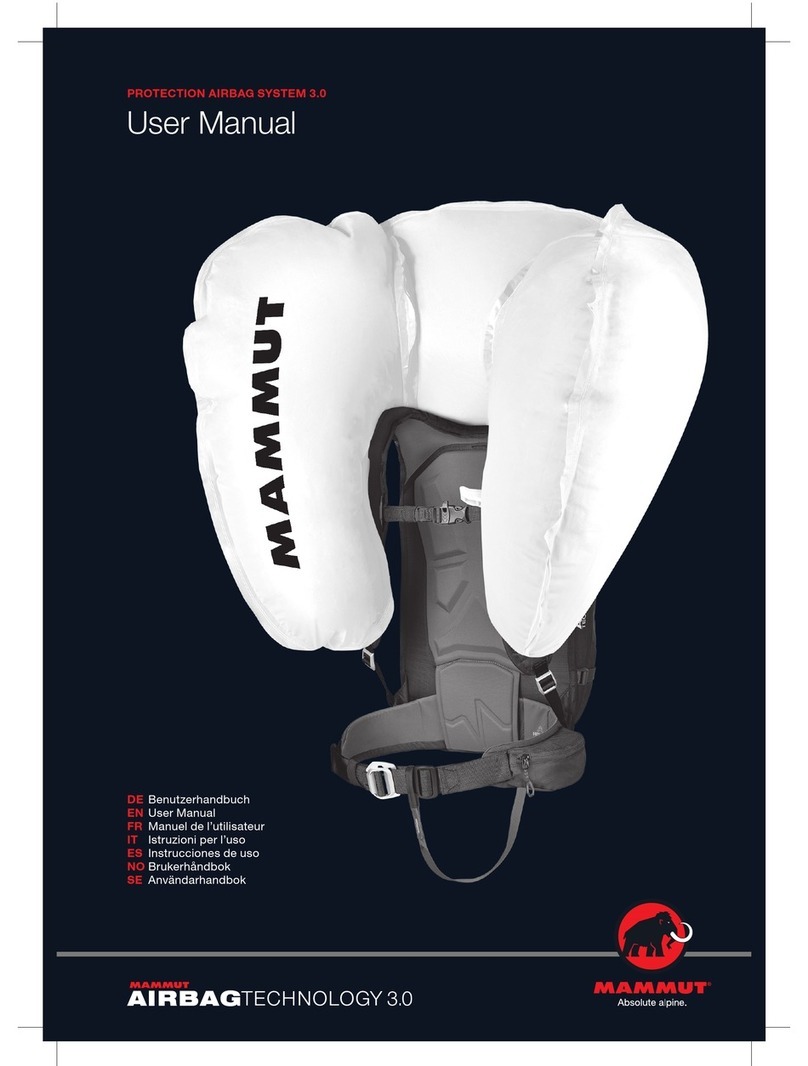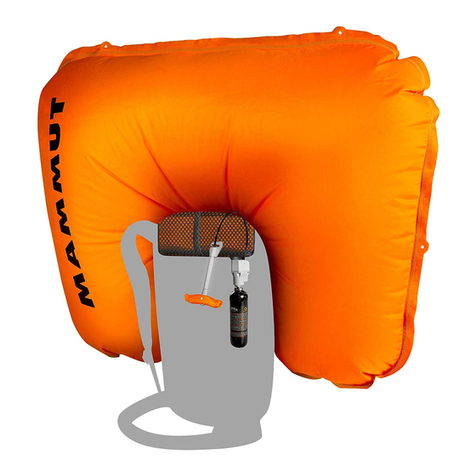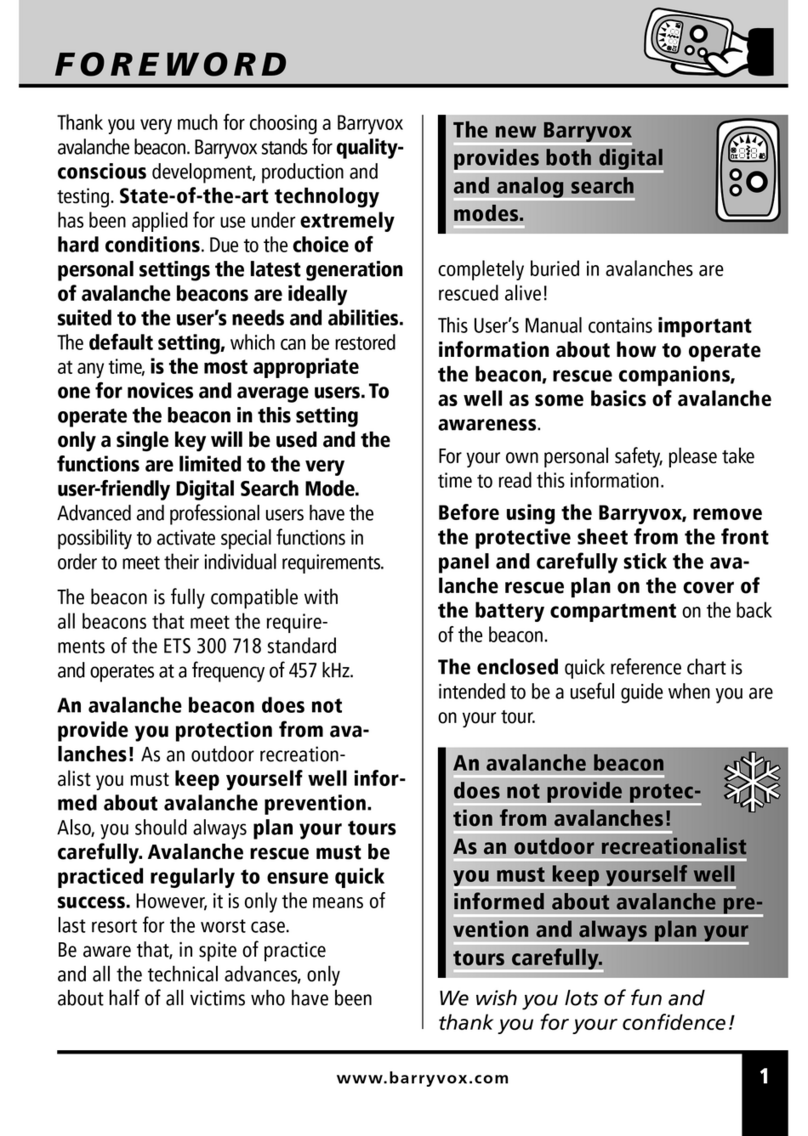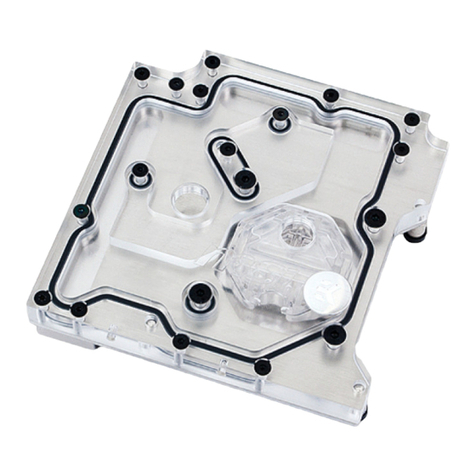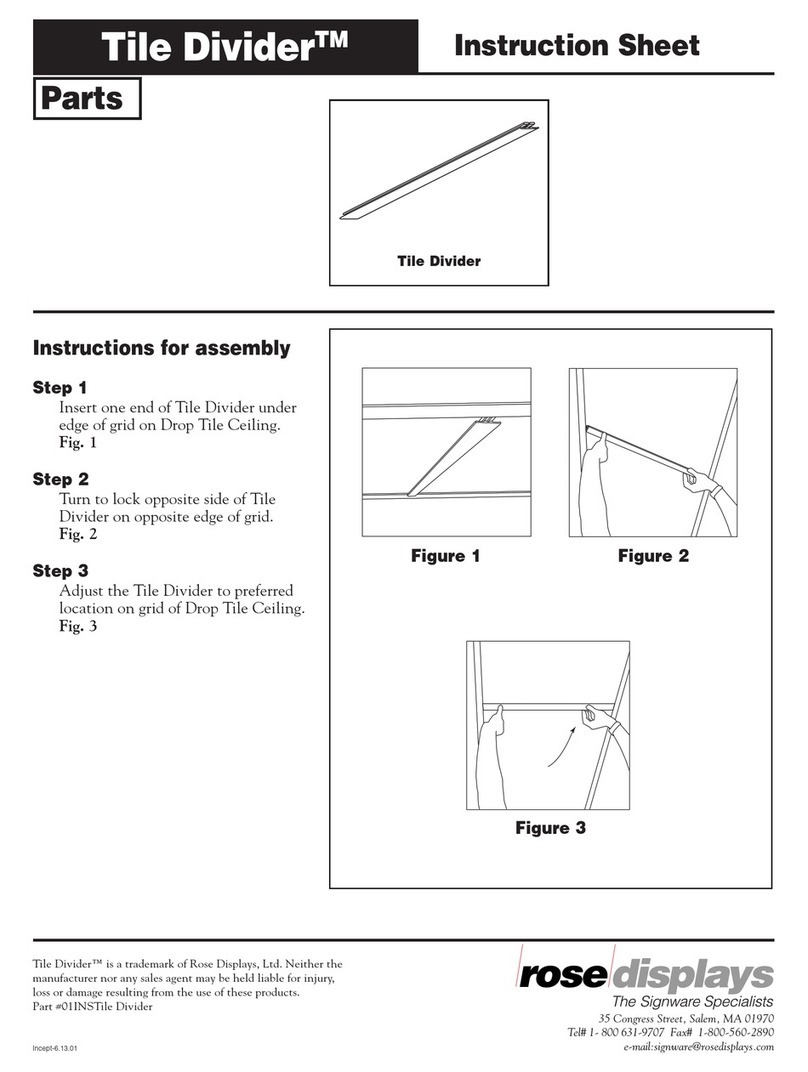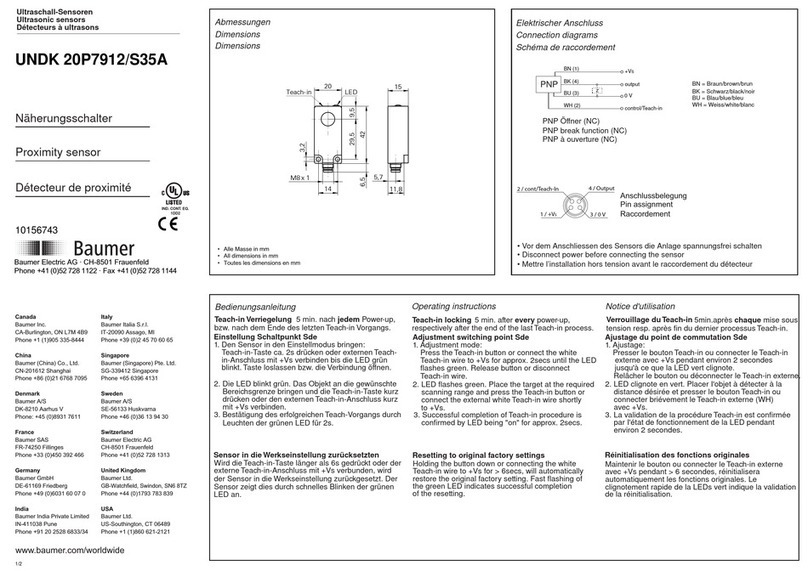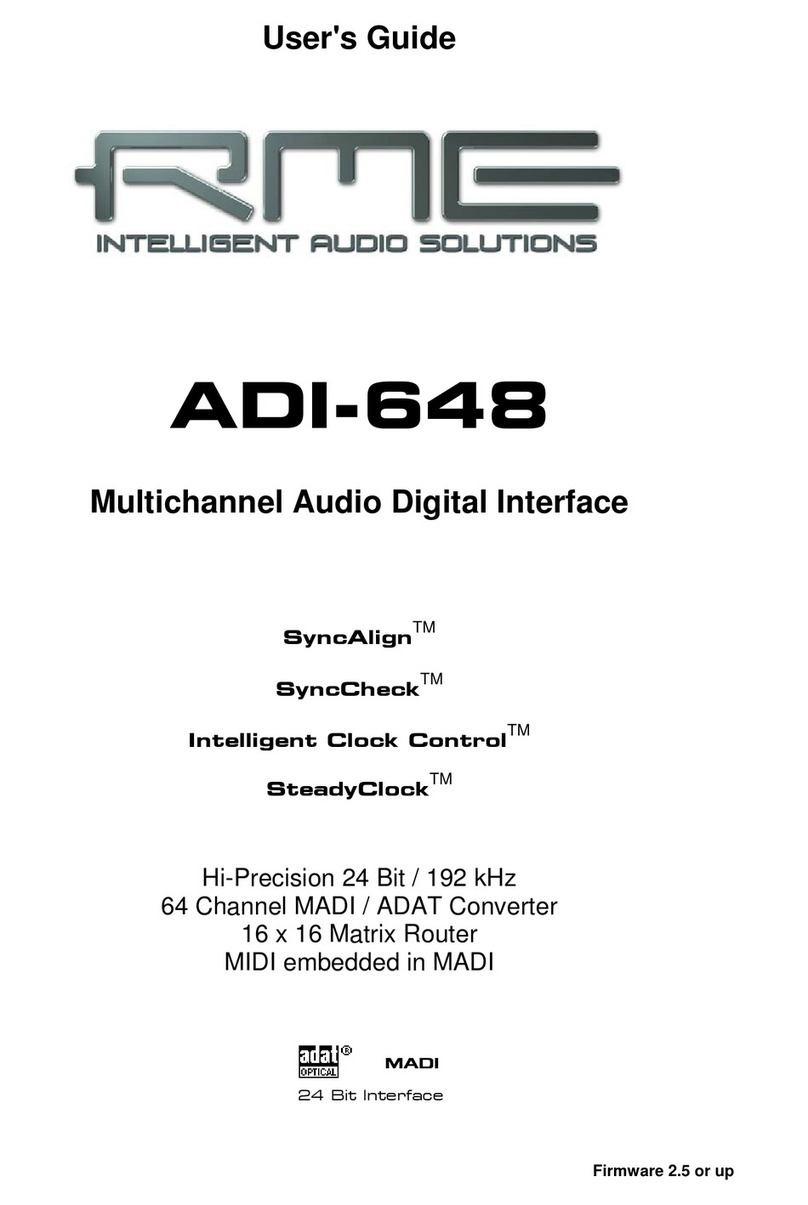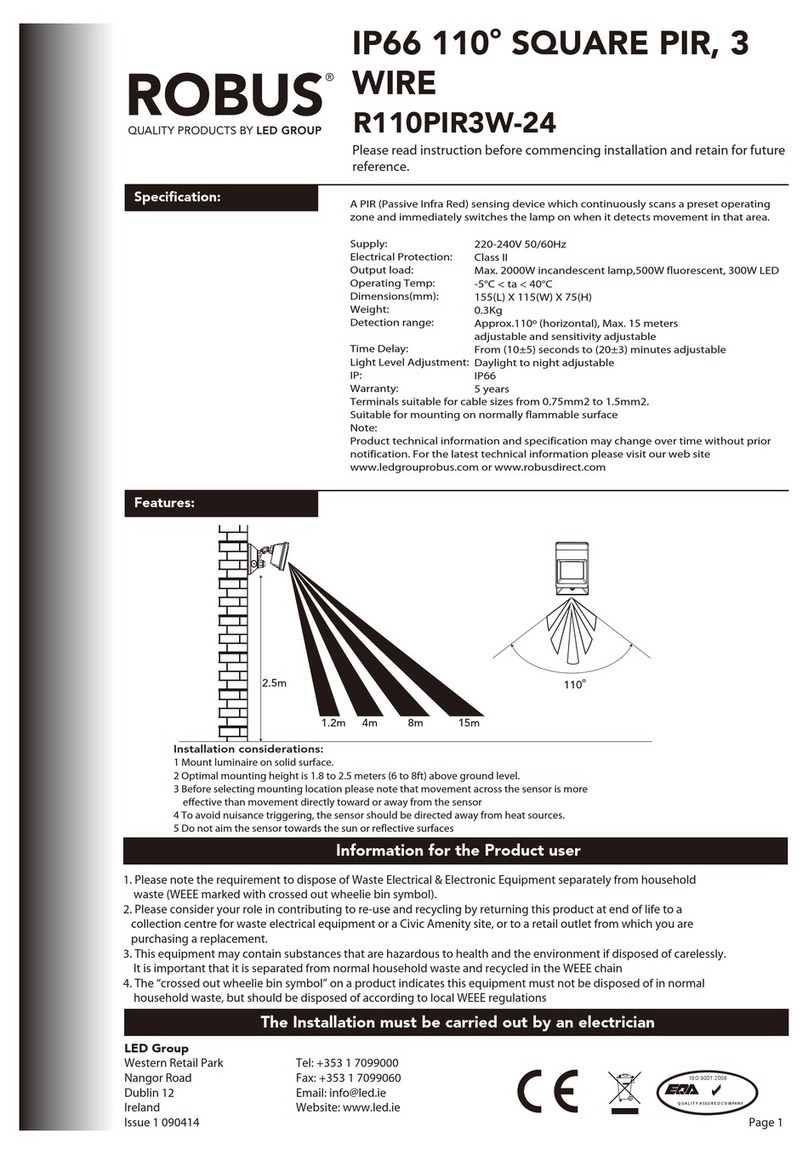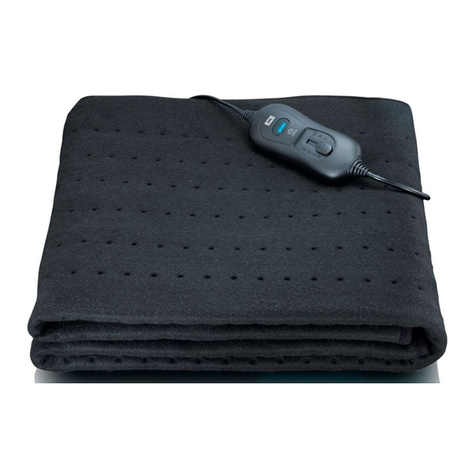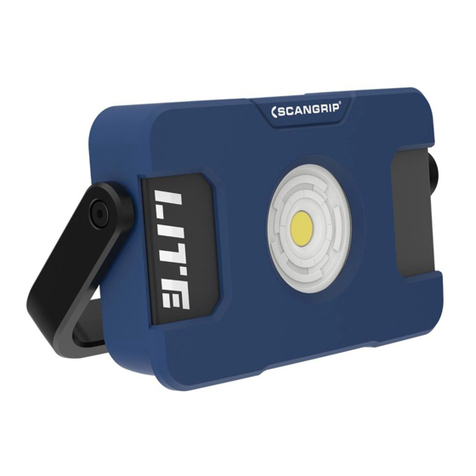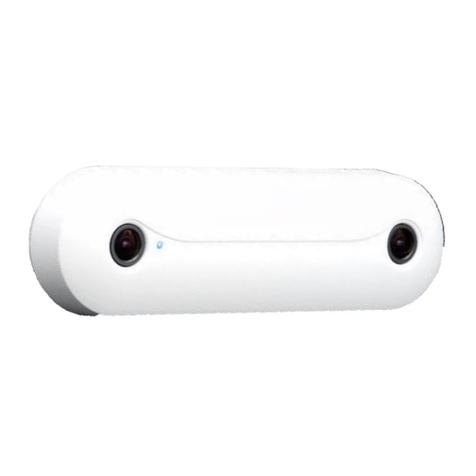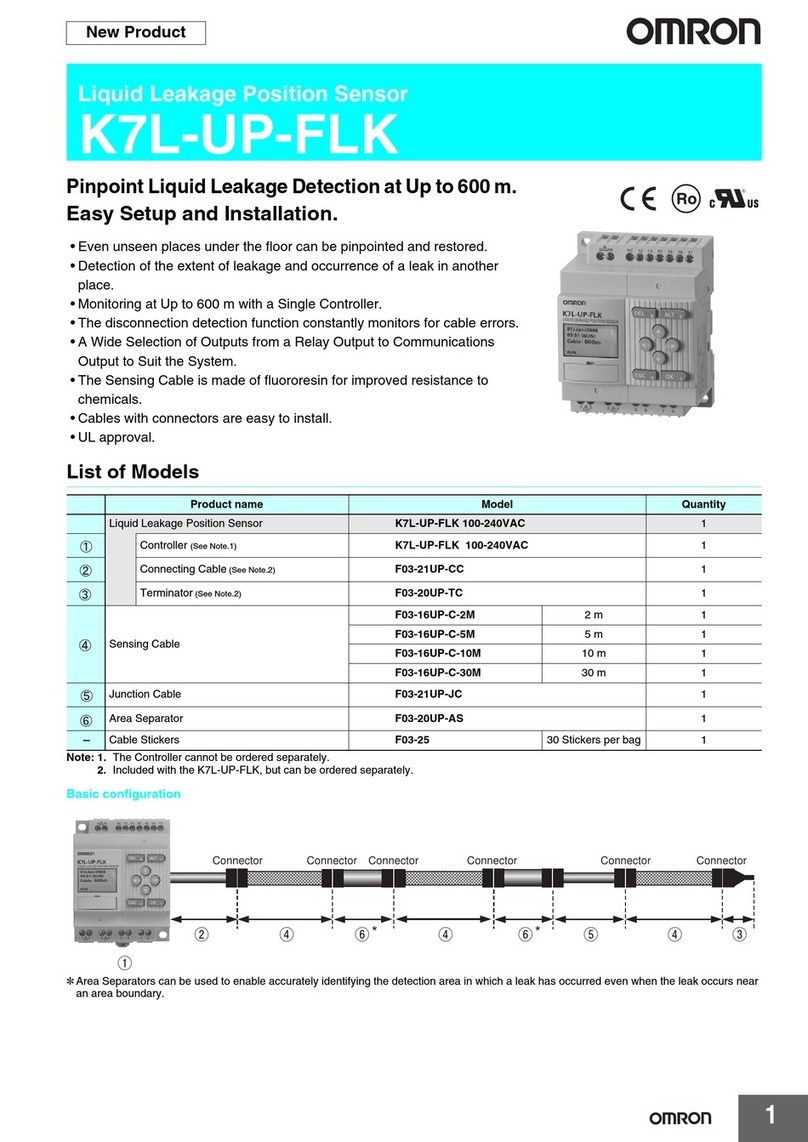Mammut PULSE Barryvox User manual

Version 3.2 2012
Te hni al Data Digital-analog device with 3 antennas / Transmit frequency: 457 kHz / Maxi-
mum range: > 60 m / Search strip width: 50 m / W- ink communication channel / Alkaline or
ithium batteries: 3 x AAA 1,5 Volt/ Battery life: typical 250 h SEND, min 200 h in SEND mode
followed by 1 h in SEARCH/ Dimensions: 113 x 75 x 27 mm/ Weight: 210 g (incl. batteries).
Type/Model: PU SE Barryvox®462001-10000 (W- ink 868 MHz), 462002-10000 (W- ink 915
MHz), 462003-10000 (W- ink off). Technical data and specifications are subject to change
without notice. USER MANUAL
Find the Barryvox Referen e Handbook at:
www.mammut. h/BarryvoxManual
Head Office:
Mammut Sports Group AG
Birren 5
CH-5703 Seon, Switzerland
Tel. +41 (0)62 769 81 81
North America:
Mammut Sports Group Inc.
135 Northside Drive
US-Shelburne, VT 05482, USA
Tel. +1 802 985 5056
Your Barryvox®will not prote t you against avalan hes!
As a winter outdoor enthusiast, you must consider all possible avalanche prevention measures
and plan your trips carefully. Companion rescue – the worst case – must be practiced fre-
quently.
Barryvox Servi e Centers, Registration and Additional Resour es
For additional information on avalanche rescue, avalanche theory, the registration of your
Barryvox and the official Barryvox Service Centers please visit www.mammut. h/Barryvox.
The following documents are available for the Barryvox Transceivers at
www.mammut. h/BarryvoxManual
• Barryvox egal and Regulatory Guide • Barryvox Reference Handbook
• Barryvox Emergency Plan (Contains all information about the
• Barryvox User Manual advanced profile for advanced
• Barryvox Application Safety Guide and professional users)
It is absolutely necessary that you read this safety relevant information and familiarize yourself
with the device before you use it in avalanche terrain!
© Copyright by Mammut Sports Group AG and Genswein. All rights reserved.

Setup Carrying Positions
Batteries, Handling and Maintenan e
Only use alkaline R03/AAA batteries or
lithium ( R92/AAA) batteries of the same type.
Never use re hargeable batteries and al-
ways replace all the batteries at the same time.
When storing or not using the transceiver for
an extended period of time (summer), remove
the batteries. ithium Batteries do not need to
be removed. When reinserting the batteries,
use the same 3 batteries or 3 new batteries.
Handle your
Barryvox with
are. Do not
drop it on the
ground and
avoid me-
hani al
sho ks.
Avoid having other ele troni devi es (e.g.
mobile phones, radios, headlamps, cameras),
metal obje ts (pocket knives, magnetic but-
tons), or other transceivers close to your run-
ning avalanche transceiver.
To ensure the proper performance of the trans-
ceiver, it is highly recommended that you send
your device to an official Barryvox service cen-
ter once every three years for a functional
test. The recommended date of the next check
can be viewed under «Maintenance» in the
start menu.
Setup, Choi e of Profile and Calibration
When turning the device on for the first time
and switching to SEND, the user language and
profile must be selected. Afterwards, the user
will be prompted to calibrate the device. All
settings may be modified later at any time.
Press the -key to change the current selec-
tion and confirm by pressing the -key.
The profiles allow to adapt your PU SE Bar-
ryvox®quickly and easily to your user profile.
If one of the statements below applies to you,
then the Basic Profile is the best hoi e for
you:
- I am novi e or I did not mu h familiarize
myself with this topi up to now. I start
with the basi sear h mode which uses
only one-button and does not have any
additional fun tions. After some exercise,
I may switch to the more sophisticated «Ad-
vanced Profile».
- I use this device only for my rudimentary
trained parti ipants/guests
If none of the above statements apply to you,
use the more sophisticated Advanced Profile.
In this case, please consult the comprehensive
Reference Handbook on
www.mammut.ch/BarryvoxManual. The func-
tions and search modes of the Advanced Pro-
file are only described in the Reference
Handbook.
Calibrate devi e:
Hold the device horizon-
tally and press any key
to start the calibration
procedure. Rotate the
horizontally held trans-
ceiver slowly and with constant speed clock-
wise until the message «Device calibrated!»
appears.
To access the start menu, switch the trans-
ceiver from OFF to SEND and press any key.
The start menu opens by showing its first
entry «Group Check». Immediately press the
-key, to access the different functions.
The ontrast of the s reen may be adjusted
in the start menu. Optimize the contrast of the
screen by pressing of the -key. Confirm the
best setting by pressing the -key.
Enter your address in the “owner” tab of the
start menu: B
y pressing the -key briefly, the
cursor on the bottom line moves to the right. By
pressing the -key longer, the cursor moves
to the left. Pressing the -key confirms your
selection.
Stick the emergen y plan on the back of
the battery compartment lid.
Carrying System and Carrying Positions
Regardless of the carrying position, the dis-
play should always face your body!
Carrying System (Recommended Carrying Position)
The carrying system has to be put on your in-
nermost layer of clothing prior to beginning
the trip (see illustration on the base plate of
the carrying system) and has to be worn on
your body for the duration of the trip. The
trans eiver shall always remain overed
by one layer of lothing. The device itself is
inserted into the carrying system according
to the illustration. It should always remain an-
chored to the base plate of the carrying sys-
tem using the red hook on the wrist loop.
Carrying the Trans eiver in a Po ket
(without vital data detection)
If you carry the Barryvox in a pant pocket, the
zipper must remain closed for the duration of
the trip. If possible, attach the wrist loop to
your pants or secure it around your belt.
1
2

Single Group Che k
Before a party takes off, the transceivers of all party mem-
bers must be checked. The group members switch their
transceivers to SEND.
The group leader switches his device to “group check” by
turning it from OFF into the SEND and presses any key within
the first 5 seconds.
Now, the group leader checks the device of each participant:
The test is su essful if you can learly hear beep sounds
from each participant's transceiver within the range indica-
ted on the display.
The test distance is indicated on the screen, the spacing bet-
ween the participants is twice the test distance. The indi-
ated test distan e must not be shortened. In case the
device discovers that the distances are too short a distance
warning and alarm sound warns the user.
If your PU SE Barryvox®detects that the transmit frequency
of the tested device is not within the normative regulations,
a warning message will be shown. In this case, repeat the
test with 5m distance between the participants to identify
the defective transmitter. Such devices must be checked/re-
paired by the manufacturer.
When all devices of the participants have been tested, the
group check is finished. The group leader switches his device
not as well to SEND.
How to solve the problem:
If no tone is heard within the indicated range, the device
may not be used.
1. Check if the device is switched to SEND.
2. Replace the batteries.
3. Have the device checked by the manufacturer.
Main Swit h OFF / SEND / SEARCH
Start-Up / Self- and Battery Test
Touring
OFF
OFFSEND SEARCH
OFFSEND SEARCH
OFF -> SEND SEND -> OFF
OFFSEND SEARCH
SEARCH
OFFSEND SEARCH
SEND -> SEARCH SEARCH -> SEND
While starting, the device conducts a selftest. If the self-test fails, an error
message is displayed for 20 seconds along with an acoustic warning. If
the battery power falls below 20% or the battery icon is displayed, the bat-
teries must be replaced as soon as possible!
SEND Mode
The SEND mode is the normal operating mode outdoors or in all other sit-
uations in which there is a risk of avalanches. Each time the SEND mode
has been activated, this is confirmed by a triple beep sound. Each indi-
vidual signal pulse is tested. If the test is successful, this is confirmed by
a blink of the red SEND-Control ED. The CD display is automatically de-
activated in the SEND mode
Always make sure that the switch locks into position mechanically to avoid an undesired change
of mode.
GROUP-
TEST SEND
Personal Res ue Equipment:
Transceiver + Shovel + Probe
The additional use of a Mammut or Snowpulse Airbag increases the chance to stay on the surface
and therefore considerably reduces the risk of a complete burial.

Search
310
Multiple burials
Continue the search for further buried sub-
jects by marking the ones previously found.
Signal Sear h
• Emergency plan, search strategies and search
strip widths: please see back side of device.
• Search avalanche surface systematically.
• During signal search, the rescuer has the visual
focus on the surface of the debris in order to be
able to see body parts or objects protruding the
snow surface. The first signal is indicated by a
distinct double beep sound.
“ arge distance to the target”:
Fast search speed, low search
precision
“ anding”:
Transceiver on the snow
surface, move slowly,
high search precision.
Optimization of Range
To optimize the range,
rotate the transceiver
slowly around all axes.
Hold the device with
the loudspeaker fac-
ing your ear sidewise
of your head.
Coarse Sear h
• Use the device in a calm and concentrated
manner. Avoid jerky movements.
• Hold the beacon horizontally in front of you.
• Watch the distance and direction information
on the display.
• Move in the direction indicated by the arrow.
• If the distance increases, then you are
moving away from the victim. Continue the
search in the opposite direction.
• The closer you approach the victim, the
slower and more concentrated your move-
ments should be.
Fine Sear h
During fine search hold the transceiver directly
above the snow surface! Proceed in a straight line
until you reach the point of the smallest distance
reading and use the shovel to mark this spot as
a visual reference for the probing spiral.
Pinpointing
Exact pinpointing with the avalanche probe. If the
buried subject is hit with the probe pole, the
pole is left in the snow.
Don’t use the function
3-Mark until the
location of the buried
subject has been con-
firmed by a probe hit!
Press any key to mark
and do not place the
Barryvox on the snow surface again for this pur-
pose!
Search
The trans eiver sear h is omparable to
the landing of an airplane!
Sear h Suspension / “Stand still!”
During the search for multiple subjects, signals
may overlap making it impossible to analyze the
signal of a single buried subject. Stand still, and
do not move until the word “Stop” disappears, at
which time you can continue to search.
The + symbol indicates that signals are received
from additional buried subjects that cannot be
isolated and entered in the list of buried subjects
yet. Turn off the transceivers of the buried sub-
jects already found as soon as possible to simplify
the isolation of the remaining signals.
Res ue-Send Mode (Rescue-SEND)
The rescue send mode is used by all rescuers
who are involved in the rescue operation, but do
not perform a transceiver search themselves. The
rescue send mode monitors the motions of the
rescuer and only activates the transmitter, when
the activity level of the rescuer is during 4 min.
on such a low level that it has to be assumed that
this is caused by a secondary avalanche. To ac-
tivate the rescue send mode, switch the device
to SEARCH and revert to SEND. Wait until the 5
sec. count-down has completed, “Rescue-SEND”
is now shown at the bottom of the screen. As
soon as you hear 3 ascending beep-sounds, im-
mediately press any key. The activation of the
rescue send mode is confirmed by 3 descending
beep sounds and the double flashing of the red
SEND-Control ED. Turn the device off and on to
return back to the normal send mode.
“Airport visible”:
Slow down
considerably
Mark

Rescue
Excavating the Buried Subject
Digging must be pra ti ed, as it uses by far the biggest amount of time.
Cut out blo ks of snow with the shovel.
The V-Shaped Snow Conveyor Belt:
• Position diggers in a «V» formation
• The first two rescuers are in a distance of one shovel
length from each other, all additional rescuers are in a
distance of two shovel lengths from each other.
• ength of «V»:
· Flat terrain: 2x burial depth
· Steep terrain: 1x burial depth
• Amount of rescuers: 1 per 80 cm length of «V»
• Rescuer at the tip of the “ V” digs alongside the probe
to the buried subject
• Diggers rotate frequently (approx. every 4 min) clock-
wise on command of the rescuer at the tip of the «V».
• Cut out blocks of snow with the shovel by stepping on
the shovel blade which is held perpendicular to the
surface. Apply a half-moon shaped cutting pattern.
Position yourself facing the open end of the “V”, cut
the first half-moon without pulling back on the shovel
shaft. When cutting the second and subsequent half-
moons, pull the shovel shaft gently backwards after you
have cut the block so that it pops out. To cut the next
half-moon, step backwards toward the probe, like this,
you do not step on the pre-cut blocks.
In multiple burial situations, the trans eiver of a
res ued subje t should be turned off as soon as
possible.
90°
80 cm
Other manuals for PULSE Barryvox
4
Other Mammut Accessories manuals
Popular Accessories manuals by other brands

Hytronik
Hytronik HIM31 Installation and instruction manual
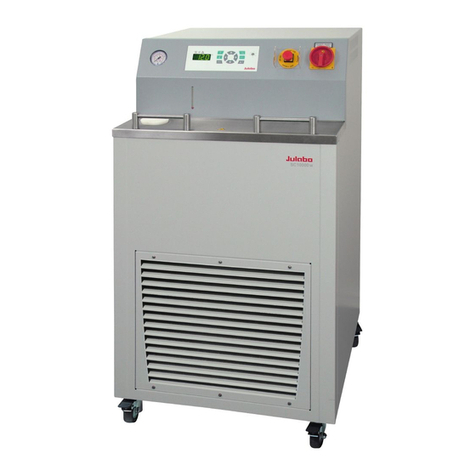
Julabo
Julabo SemiChill Eco Series operating manual
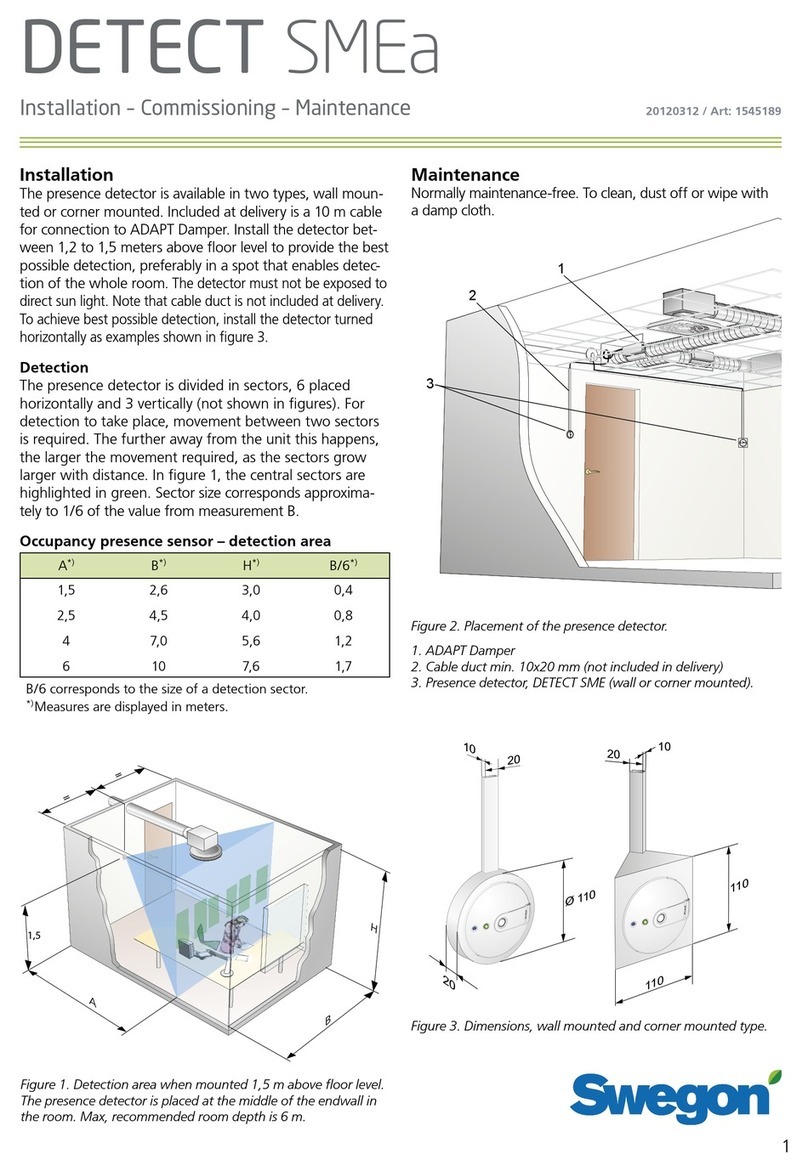
Swegon
Swegon DETECT SMEa Installation, commissioning maintenance
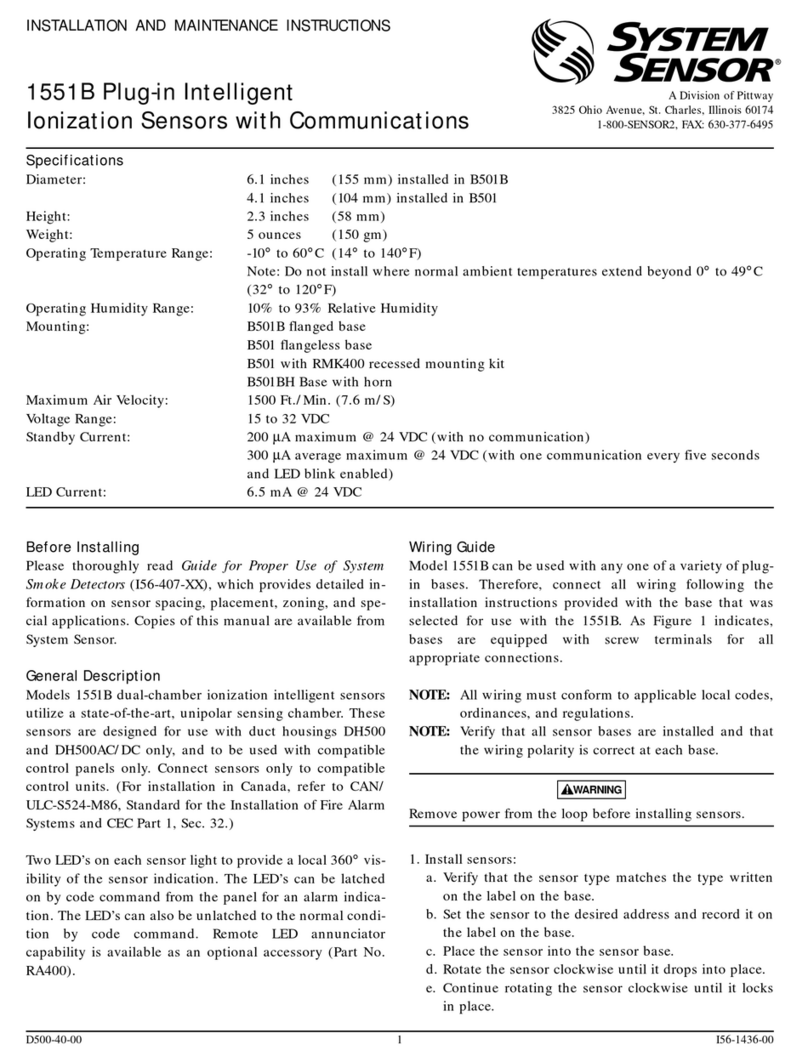
Pittway
Pittway SYSTEM SENSOR 1551B Installation and maintenance instructions
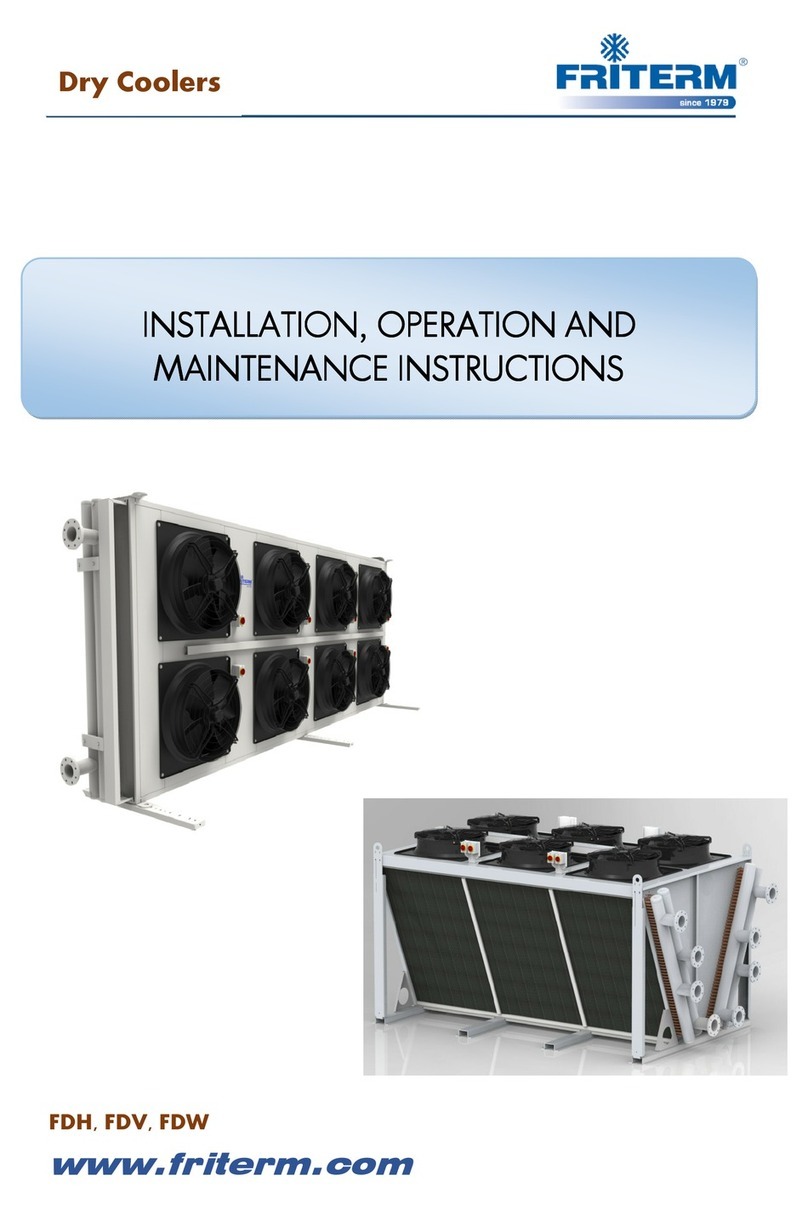
FRITERM
FRITERM FDH Installation, operation and maintenance

Stitch
Stitch 33841 user manual
